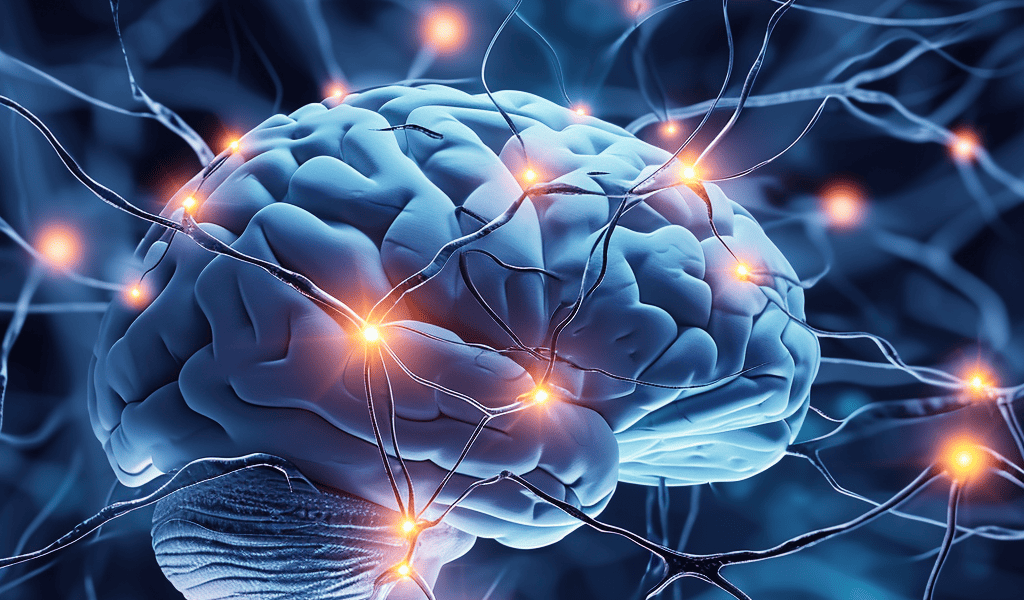Researchers Find a Crucial Brain Route that Mediates Symptoms of Panic Disorder
Panic attacks, which are frequent and unexpected symptoms experienced by patients with panic disorder, include overwhelming fear, sweaty palms, shortness of breath, and a rapid heartbeat. A recent study has revealed a crucial brain circuit that mediates panic disorder, potentially paving the way for more effective treatments.
Researchers at Salk have identified a specific brain circuit outside of the amygdala that is linked to panic attacks. This discovery could inspire new panic disorder treatments that differ from current medications targeting the brain’s serotonin system.
The study focused on the lateral parabrachial nucleus (PBL) in the pons, known as the brain’s alarm center, which also controls breathing, heart rate, and body temperature. It was found that this small brainstem area is likely implicated in generating panic and bringing about emotional and physical changes.
The circuit consists of specialized neurons that send and receive a neuropeptide called PACAP (pituitary adenylate cyclase-activating polypeptide). The researchers have determined that PACAP and the neurons that produce its receptor are potential targets for new panic disorder treatments. This discovery opens up the possibility of developing more potent treatments for panic disorder by mapping out the brain’s areas, neurons, and connections that mediate these panic episodes.
The findings, published in Nature Neuroscience, shed light on the complex nature of panic disorder and offer hope for innovative treatment approaches. Senior author Sung Han, associate professor at Salk, stated, “We’ve been exploring different areas of the brain to understand where panic attacks start. Previously, we thought the amygdala, known as the brain’s fear center, was mainly responsible — but even people who have damage to their amygdala can still experience panic attacks, so we knew we needed to look elsewhere.”
This breakthrough in understanding the brain’s role in panic disorder marks a significant step towards developing targeted treatments that address the root causes of the condition. As research in this field progresses, there is potential for new therapeutic interventions that offer relief to individuals suffering from panic disorder.





